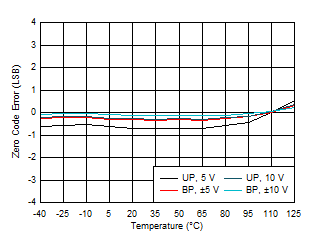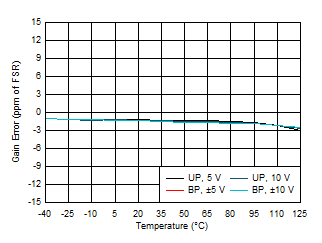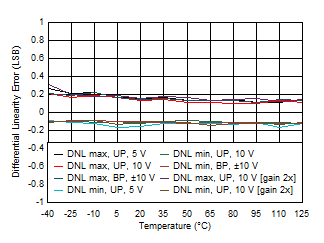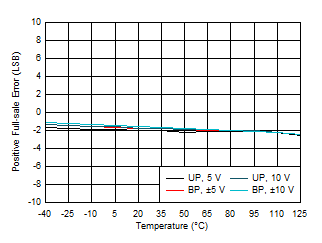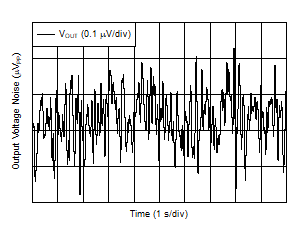SLASEL0B October 2019 – June 2020 DAC11001A , DAC81001 , DAC91001
PRODUCTION DATA.
- 1 Features
- 2 Applications
- 3 Description
- 4 Revision History
- 5 Device Comparison Table
- 6 Pin Configuration and Functions
-
7 Specifications
- 7.1 Absolute Maximum Ratings
- 7.2 ESD Ratings
- 7.3 Recommended Operating Conditions
- 7.4 Thermal Information Package
- 7.5 Electrical Characteristics
- Table 1. Timing Requirements: Write, 4.5 V ≤ DVDD ≤ 5.5 V
- Table 2. Timing Requirements: Write, 2.7 V ≤ DVDD < 4.5 V
- Table 3. Timing Requirements: Read and Daisy-Chain Write, 4.5 V ≤ DVDD ≤ 5.5 V
- Table 4. Timing Requirements: Read and Daisy-Chain Write, 2.7 V ≤ DVDD < 4.5 V
- 7.6 Typical Characteristics
-
8 Detailed Description
- 8.1 Overview
- 8.2 Functional Block Diagram
- 8.3 Feature Description
- 8.4 Device Functional Modes
- 8.5 Programming
- 8.6
Register Map
- 8.6.1 NOP Register (address = 00h) [reset = 0x000000h]
- 8.6.2 DAC-DATA Register (address = 01h) [reset = 0x000000h]
- 8.6.3 CONFIG1 Register (address = 02h) [reset = 004C80h for bits [23:0]]
- 8.6.4 DAC-CLEAR-DATA Register (address = 03h) [reset = 000000h for bits [23:0]]
- 8.6.5 TRIGGER Register (address = 04h) [reset = 000000h for bits [23:0]]
- 8.6.6 STATUS Register (address = 05h) [reset = 000000h for bits [23:0]]
- 8.6.7 CONFIG2 Register (address = 06h) [reset = 000040h for bits [23:0]]
- 9 Application and Implementation
- 10Power Supply Recommendations
- 11Layout
- 12Device and Documentation Support
- 13Mechanical, Packaging, and Orderable Information
Package Options
Mechanical Data (Package|Pins)
- PFB|48
Thermal pad, mechanical data (Package|Pins)
Orderable Information
7.6 Typical Characteristics
at TA = 25°C, VCC = 15 V, VSS = –15 V, AVDD = 5 V, IOVDD = 1.8 V, gain resistors unconnected (gain = 1x), OPA827 used as output and reference amplifier, UP = unipolar, BP = bipolar, and temperature calibration disabled (unless otherwise noted)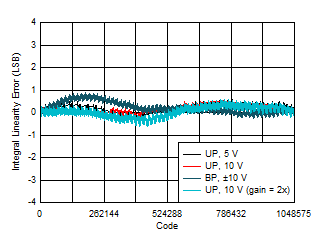
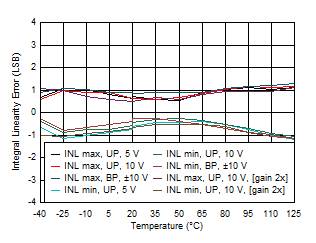
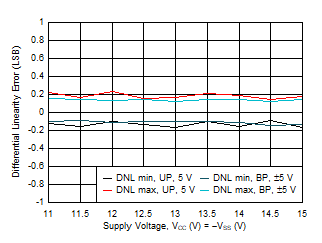
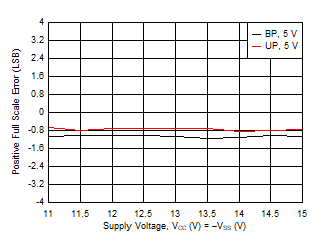
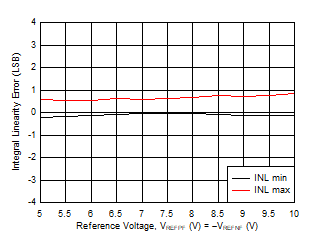
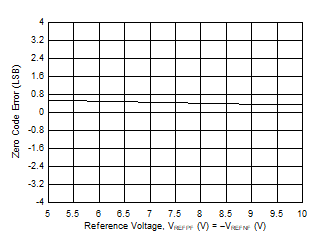
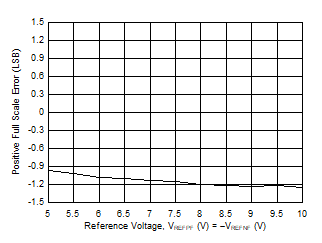
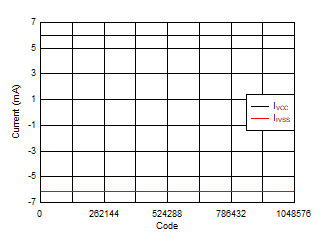
| VREFPF = 10 V, VREFNF = 0 V |
vs Digital Input Code
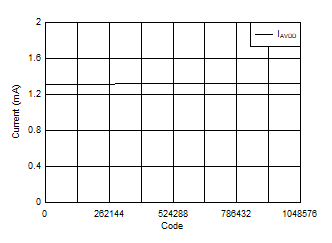
| VREFPF = 10 V, VREFNF = 0 V |
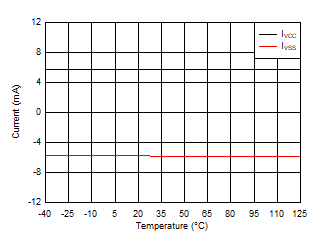
| VREFPF = 10 V, VREFNF = 0 V, DAC at midcode |
vs Temperature
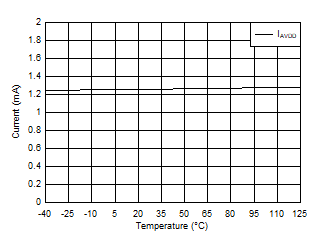
| VREFPF = 10 V, VREFNF = 0 V, DAC at midcode |
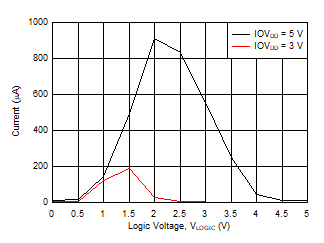
| VREFPF = 10 V, VREFNF = 0 V, DAC at midcode |
vs Input Pin Logic Level
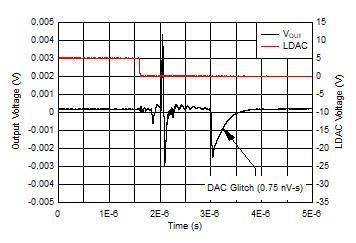
| VREFPF = 10 V, VREFNF = –10 V, DAC transition midcode – 1 to midcode |
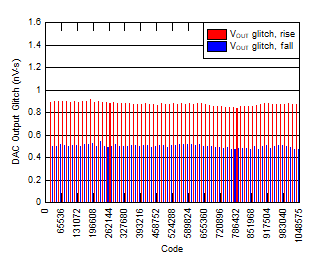
| VREFPF = 10 V, VREFNF = –10 V |
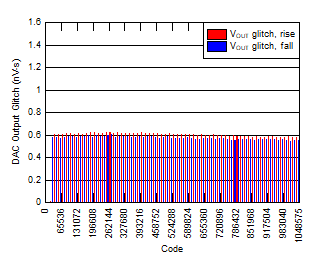
| VREFPF = 5 V, VREFNF = 0 V |

| VREFPF = 10 V, VREFNF = 0 V | ||

| VREFPF = 10 V, VREFNF = 0 V, DAC transitions 100 codes around midscale |
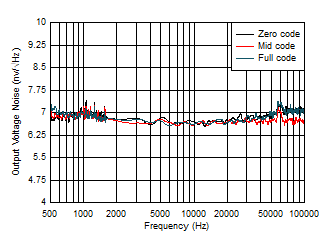
| VREFPF = 10 V, VREFNF = 0 V, measured at DAC output |
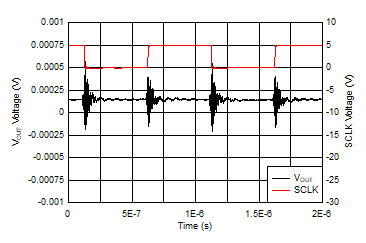
| VREFPF = 10 V, VREFNF = 0 V, DAC at midcode, measured at DAC output pin |
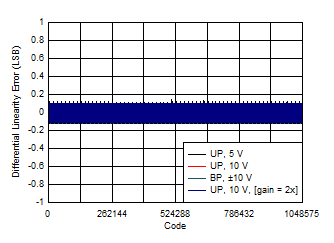
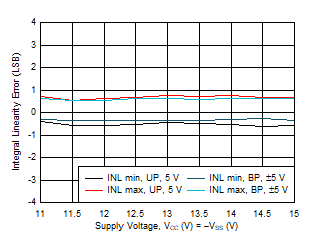
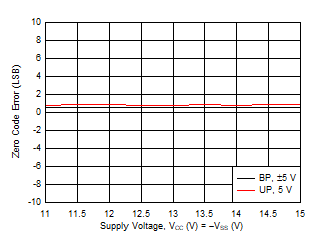
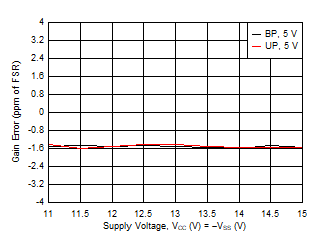
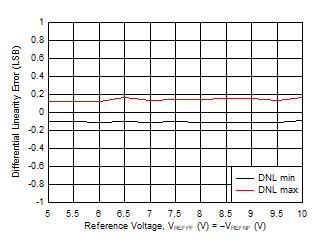
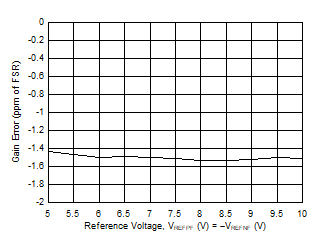

| VREFPF = 10 V, VREFNF = 0 V |
vs Digital Input Code
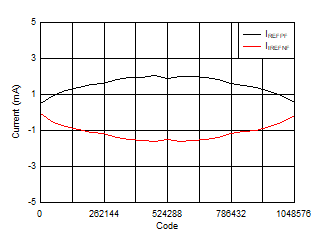
| VREFPF = 10 V, VREFNF = 0 V |
vs Digital Input Code
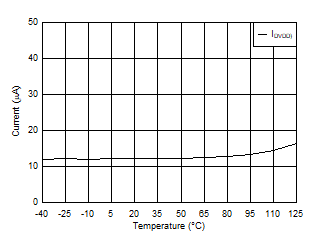
| VREFPF = 10 V, VREFNF = 0 V, DAC at midcode |
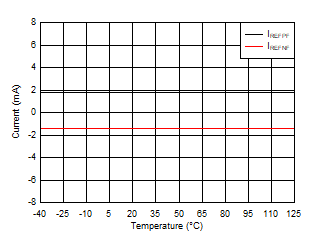
| VREFPF = 10 V, VREFNF = 0 V, DAC at midcode |
vs Temperature
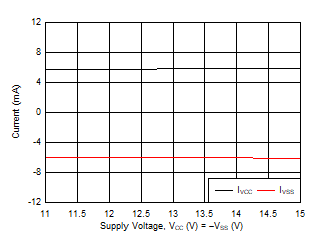
| VREFPF = 5 V, VREFNF = 0 V, DAC at midcode |
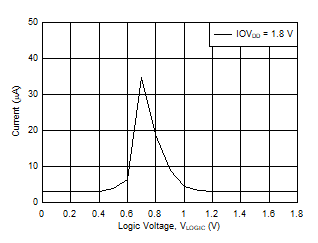
| VREFPF = 10 V, VREFNF = 0 V, DAC at midcode |
vs Input Pin Logic Level
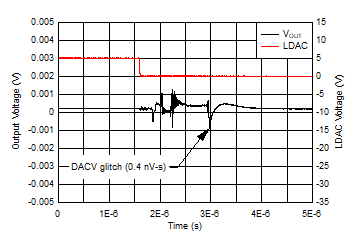
| VREFPF = 10 V, VREFNF = –10 V, DAC transition midcode to midcode – 1 |
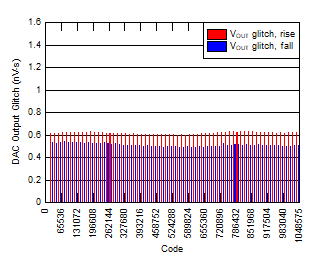
| VREFPF = 10 V, VREFNF = 0 V |
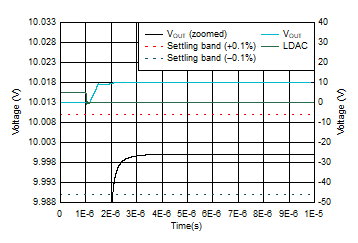
| VREFPF = 10 V, VREFNF = 0 V | ||
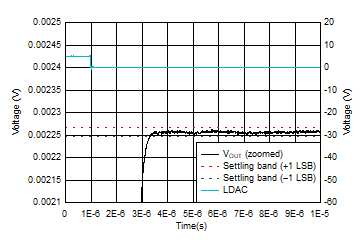
| VREFPF = 10 V, VREFNF = 0 V, DAC transitions 100 codes around midscale |
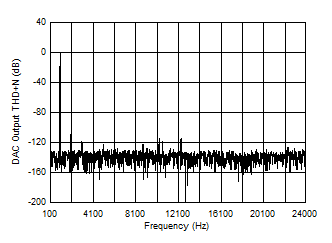
| VREFPF = 10 V, VREFNF = 0 V, DAC output frequency = 1 kHz, DAC update rate = 400 kHz |
vs Frequency
